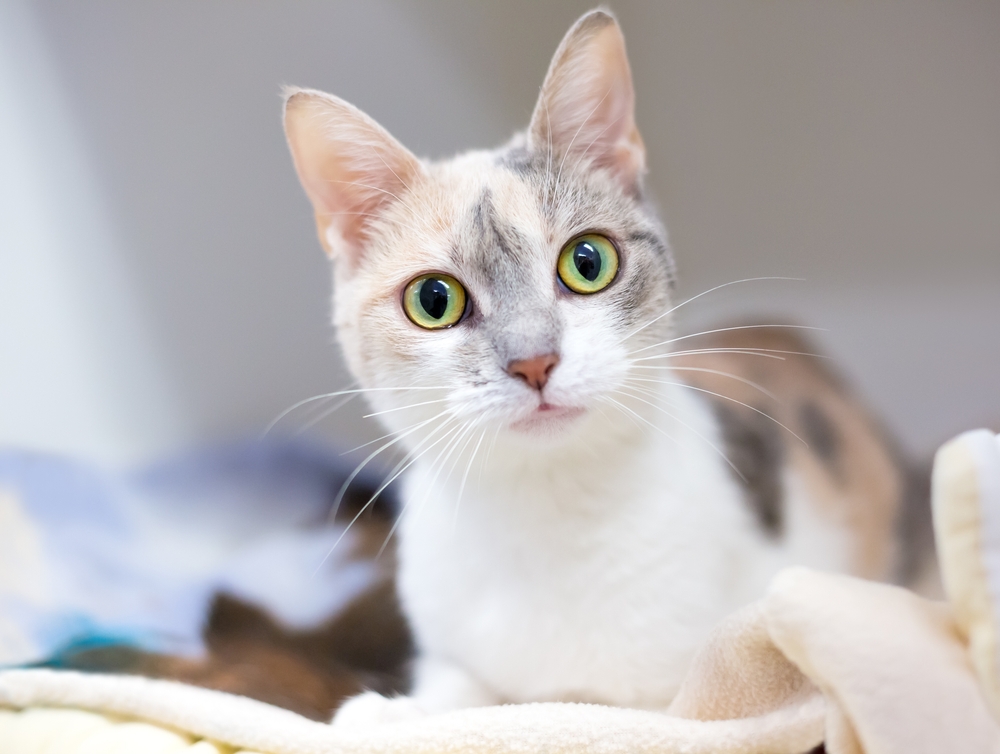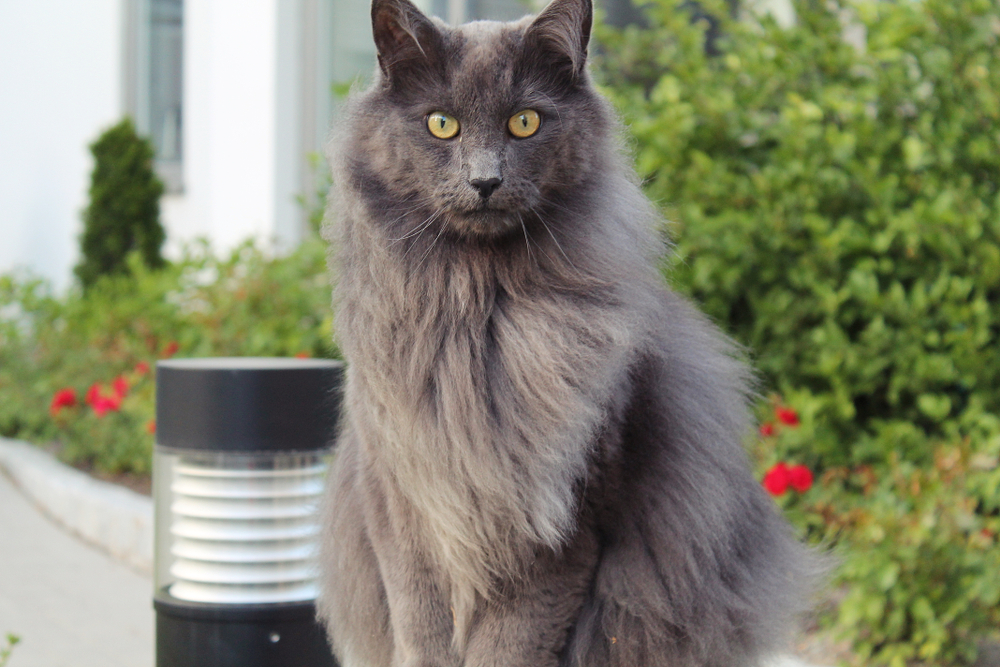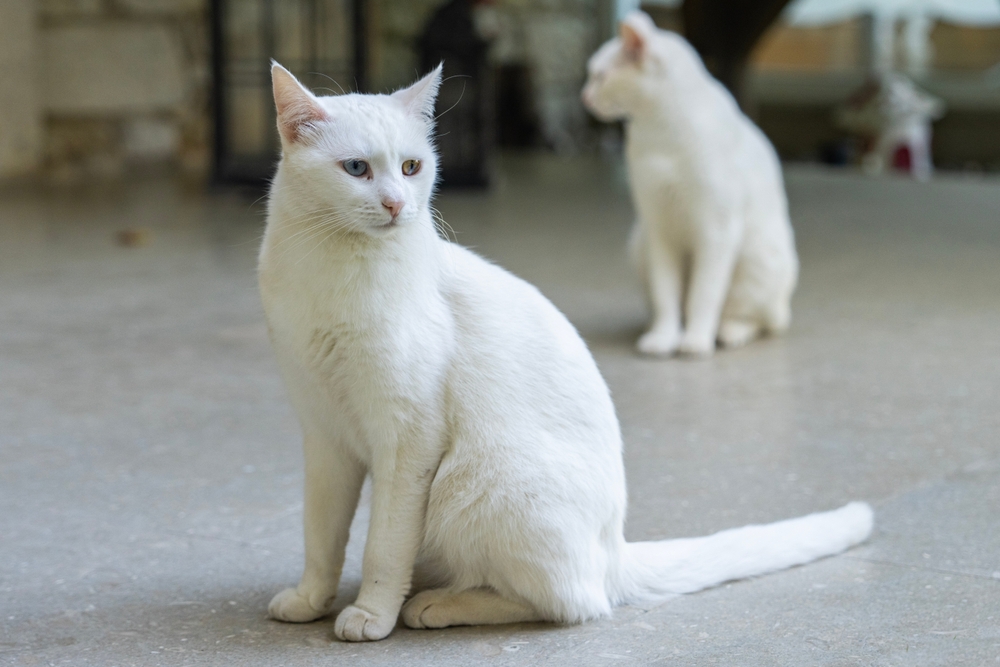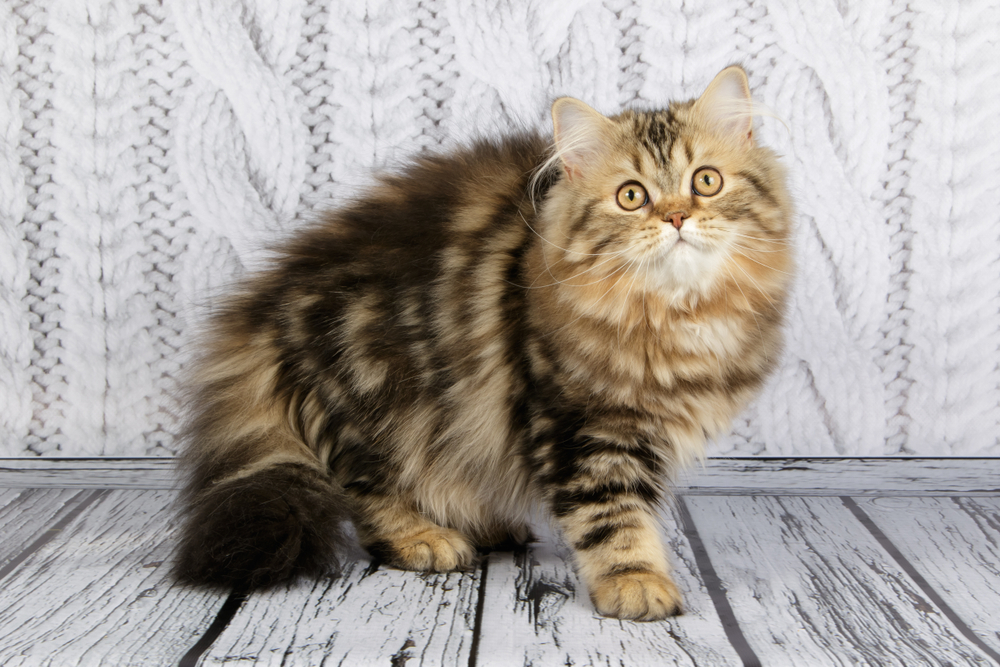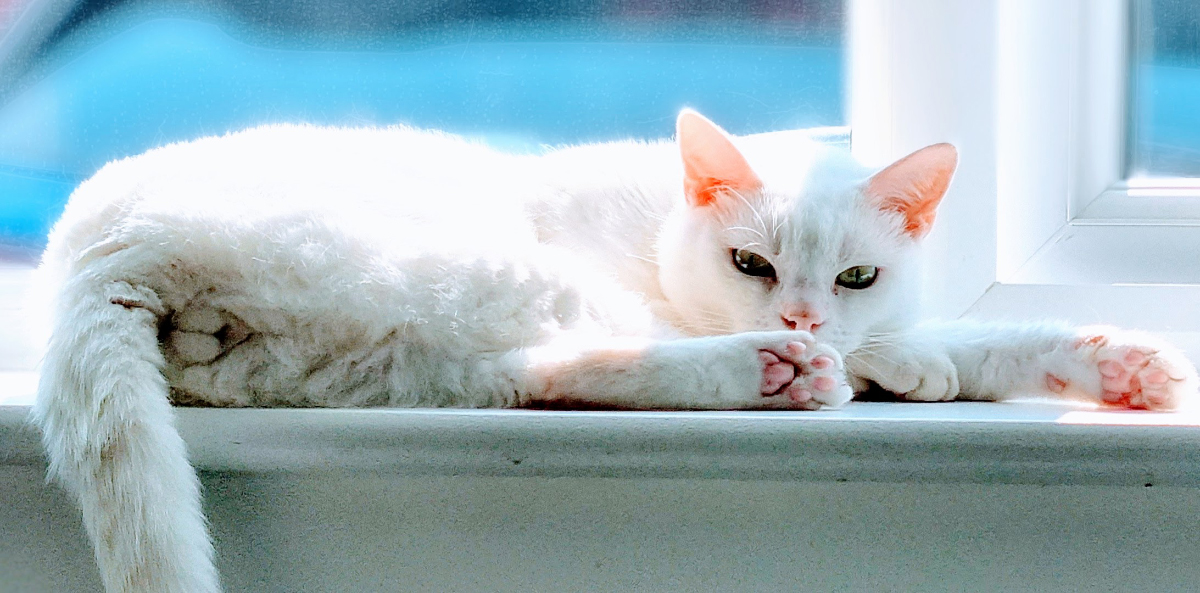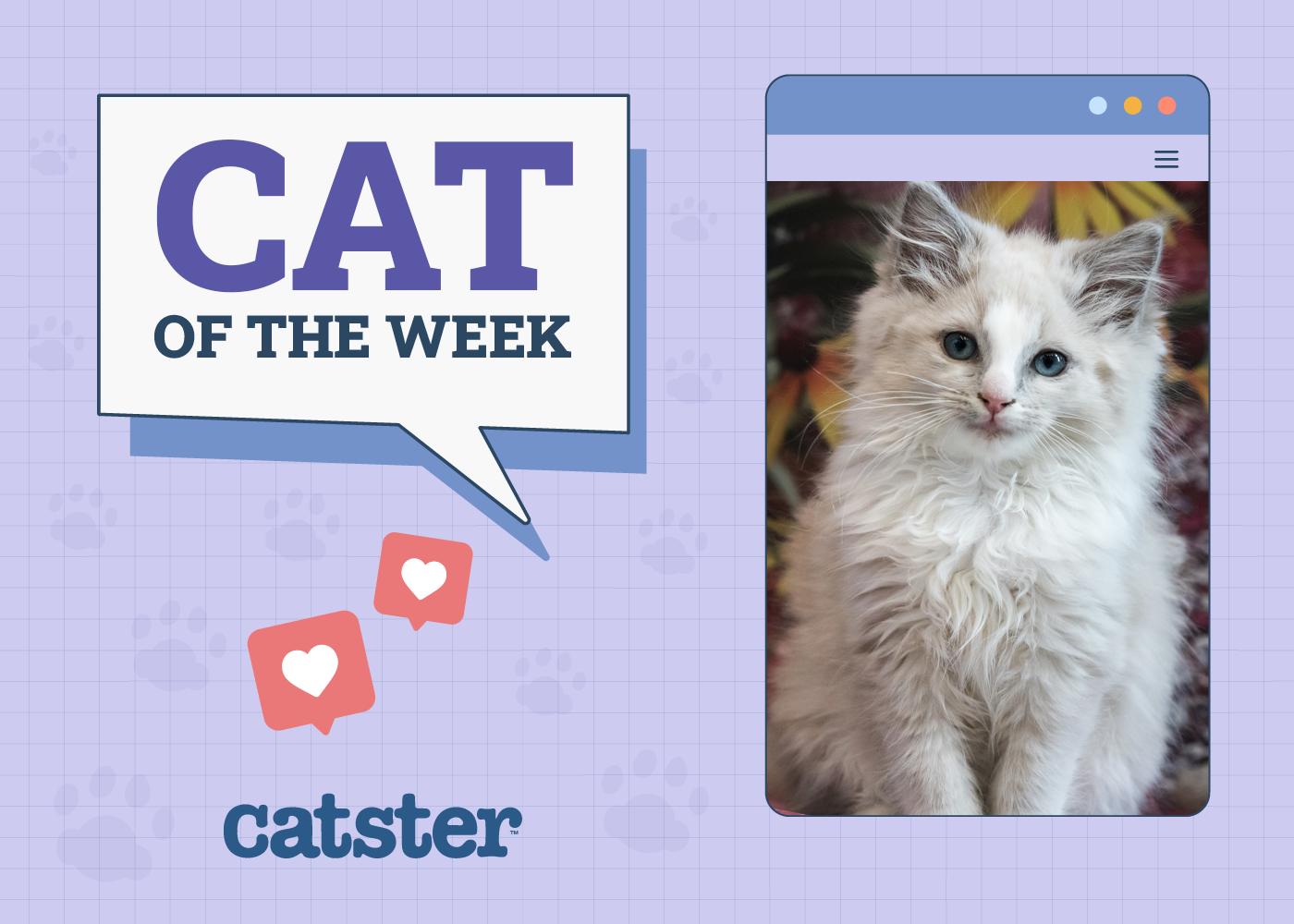Most people have heard of calico cats, though not everyone knows what they are. These rare cats are exceptionally beautiful, which is the reason for their popularity. But there’s an even rarer type of calico that’s just as beautiful, though notably different in appearance: the dilute calico.
If you’ve never heard of a dilute calico before, you’re not alone. Even if you’ve heard of one, it’s very likely that you’ve never actually seen one in person due to their incredible rarity. But what is a dilute calico cat and what makes them so special? Dilute calicos have the same tri-colored coat that calicos have, but the dilute gene causes the colors to be muted and appear faded. Let’s take a look in detail.

What Is a Calico Cat?
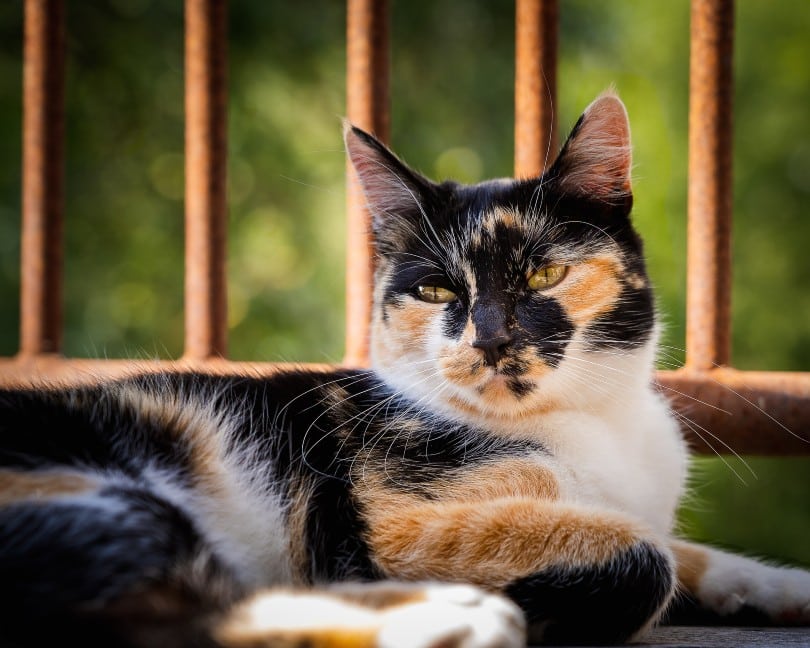
A calico cat is a cat with a coat that displays three colors, with one of them being white. Most often, the other colors are black and orange. They’re prized for their gorgeous coats, but there’s a lot of misunderstanding surrounding these cats. Many people assume that calico is a breed, but it’s only a color pattern. This means that you can have calico cats in several breeds.
The coat of a calico cat features distinct patches of color with white being the base. Calicos are exceptionally rare, despite the fact that this coloring can appear in many breeds. Only 1 in 1,000 cats are born calico.

What Is a Dilute Calico Cat?
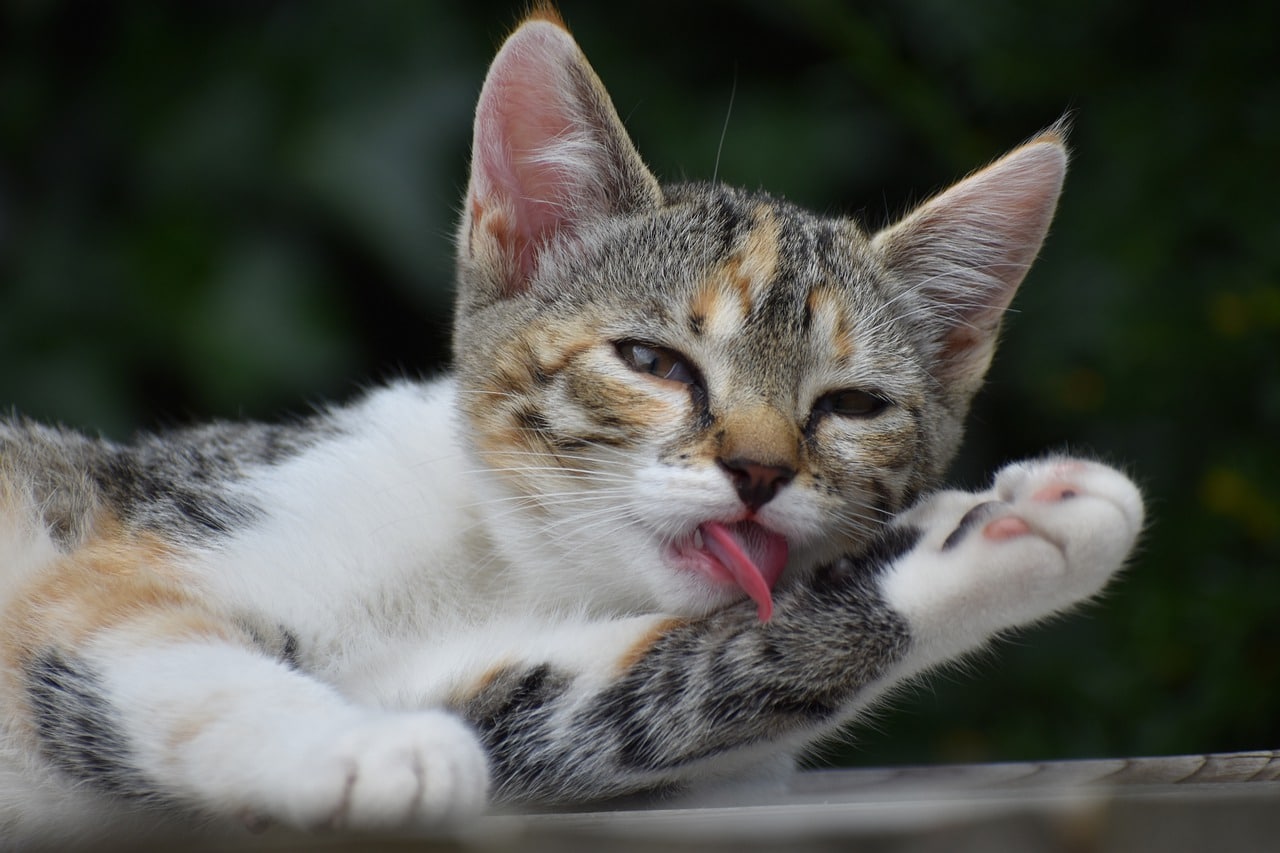
When thinking of dilute in relation to a cat’s coat, you can replace it with the synonym muted. Dilute calicos have the same tri-colored coat that calicos have, but the dilute gene causes the colors to be muted and appear faded. The orange will dilute to cream or strawberry-shaded blonde, and the black dilutes to gray or blue.
Dilute calicos are also called calamanco cats or clouded tigers.

Tortoiseshell vs Calico
You’ll often hear tortoiseshell and calico used interchangeably. While tortoiseshell and calico cats are very similar, they’re not actually the same thing.
Tortoiseshell cats also have tri-colored coats. However, the way that the colors present themselves is very different from a calico. Calico cats must have white as one of their colors and the other colors appear as patches over the white. Tortoiseshell cats don’t have white. Their colors are also blended and mixed instead of exhibiting specific patches of color.
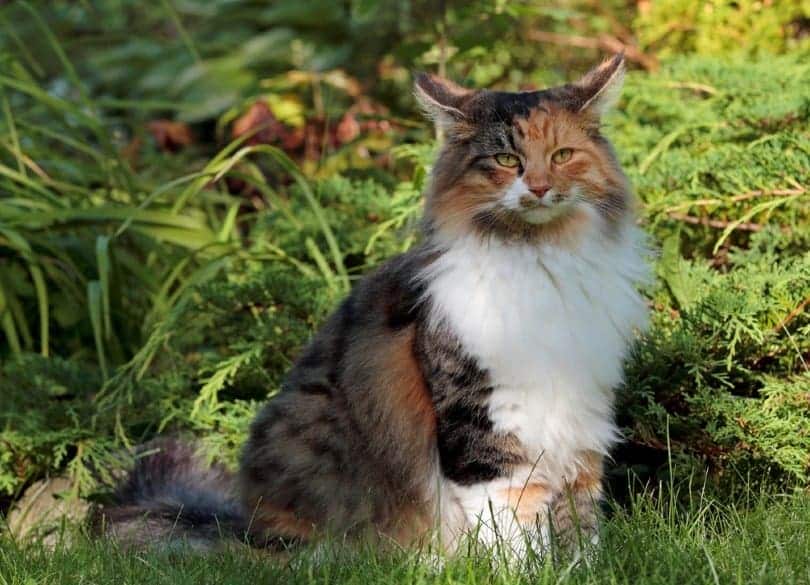

Calico Breeds
As we mentioned, calico cats come in many breeds, though not all breeds can produce calicos. The breeds that can produce the calico coloring include:

Are All Calicos Female?
It takes a very unusual chromosome pattern to create a calico cat. The X chromosome carries the genes for color. Females have two X chromosomes while males have just one. For a cat to become calico, it must have an X chromosome with orange coloring and another X chromosome with black coloring. Furthermore, they require an unrelated gene to introduce the white coloring.
Because it requires two X chromosomes to create a tri-color coat in a cat, generally speaking, males cannot display such a coat. However, 1 out of every 3,000 calico cats is born male due to a genetic anomaly known as Klinefelter syndrome. Because of this, male calicos are generally very unhealthy and sterile. Only 1 in 10,000 male calicos are fertile.
These cats have less bone mineral content, which means a greater risk of broken bones. Male calicos also tend to have behavioral problems due to mental development impairment. In addition, they hold more body fat, which can cause diabetes, heart disease, and continuous joint pain.
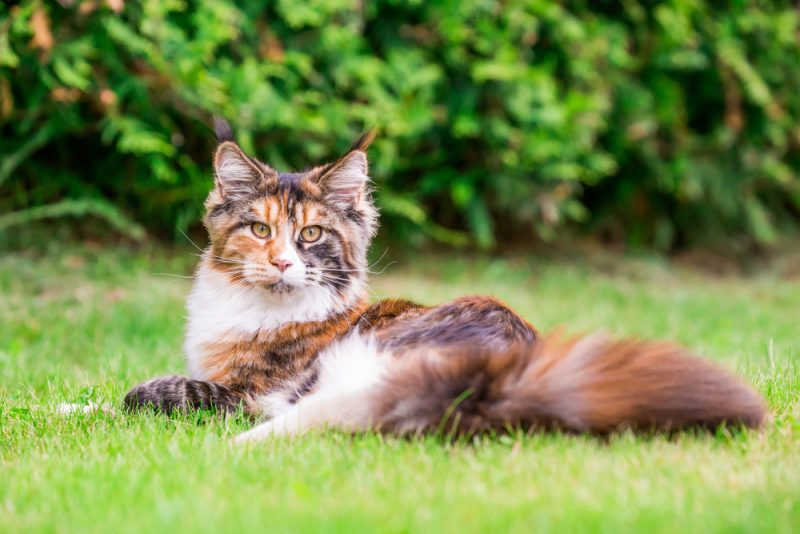

Conclusion
In many cultures, calico cats are thought to bring good luck. Considering how rare they are, this just might be true! After all, only 1 in 1,000 cats is born calico. But dilute calicos are even rarer, sporting faded colors that make the cat appear pastel. Though they have the genes for displaying the same colors as a standard calico, dilute calicos will display muted cream, strawberry-blonde, and grey instead of white, black, and orange.
Next on your reading list:
- Calico Sphynx Cat: Pictures, Care, Traits & Info
- 25 Blonde Cat Breeds: Top Choices for Your Home (With Pictures)
Featured Image Credit: Mary Swift, Shutterstock

